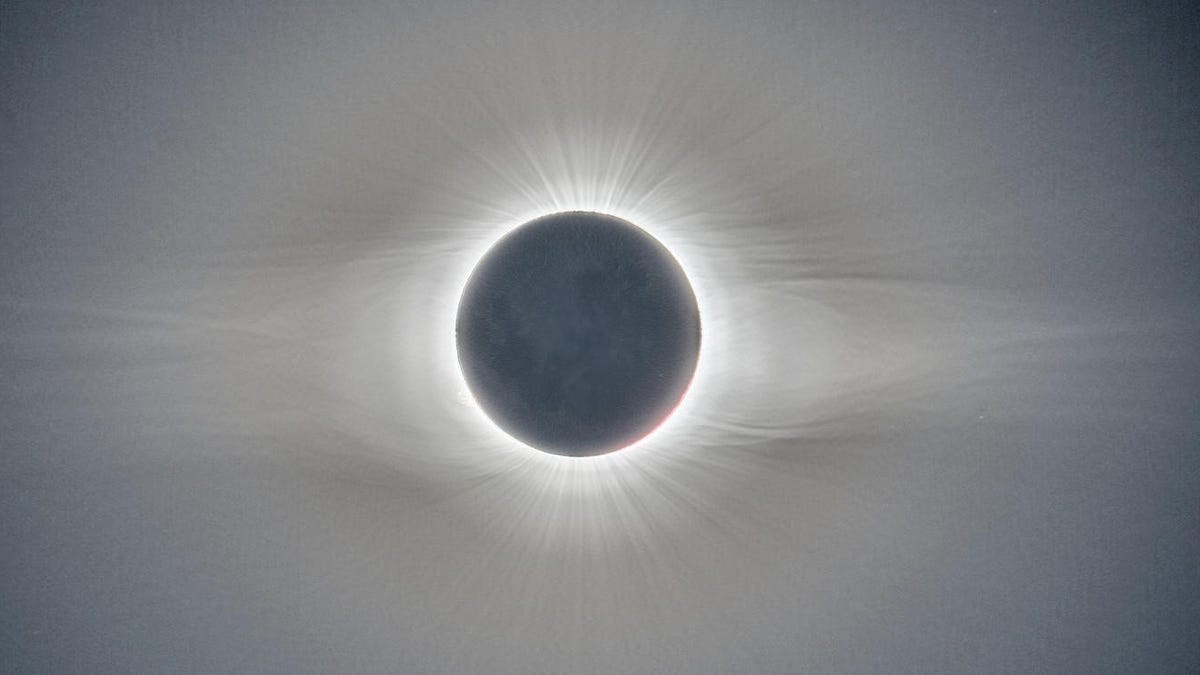Total solar eclipse set to darken the sun in Antarctica: How to watch
NASA plans to livestream an eclipse that'll throw part of Antarctica into a dusklike darkness.

The European Space Agency shared this multi-exposure view of an eclipse totality in 2019 as seen by its CESAR team at the La Silla Observatory in Chile.
It's too late to book a ticket to Antarctica to watch the moon blot out the sun there on Dec. 4 (or starting on Dec. 3 depending on where you are), but with some luck you'll be able to catch a livestream of the celestial event.
A solar eclipse happens when the moon gets between Earth and the sun, blocking out the light from our star. It looks like a dark, round shadow taking a slowly growing bite from the solar disc. Be mindful that you still can't look at the sun directly. Be sure to give yourself a refresher on solar eclipse safety.
How to watch (at least part of) the eclipse
This NASA animation shows the path of the Dec. 4, 2021, solar eclipse.
The total eclipse will be visible only in Antarctica. But NASA notes that "viewers in parts of Saint Helena, Namibia, Lesotho, South Africa, South Georgia and Sandwich Islands, Crozet Islands, Falkland Islands, Chile, New Zealand, and Australia will see a partial solar eclipse on Dec. 4."
Head over to Timeanddate.com to check out the eclipse path map and get the timing for your location if you're within the limited viewing area.
NASA cautions that many of the eligible locations will be catching the action before, during or after sunrise or sunset, meaning that "viewers will need to get a clear view of the horizon during sunrise or sunset in order to see the eclipse."
Livestream the total solar eclipse
Weather-permitting, NASA hopes to livestream the eclipse from Union Glacier, Antarctica, starting at 10:30 p.m. PT on Friday, Dec. 3 (1:30 a.m. ET on Saturday, Dec. 4). NASA's feed is courtesy of the JM Pasachoff Antarctic Expedition.
This might not be the most convenient eclipse on record, but a total solar eclipse is always worth witnessing, even if you can't be there in person.

